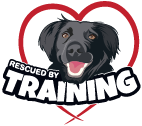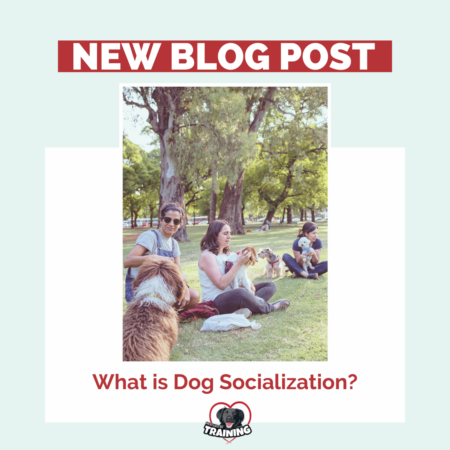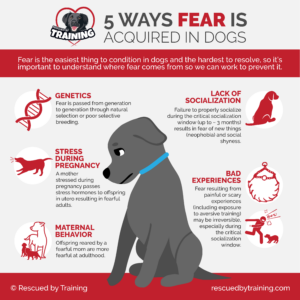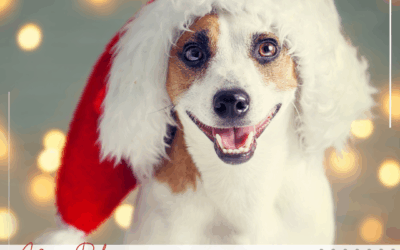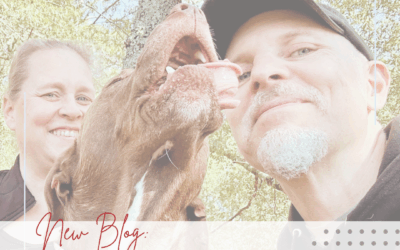Socialization is critical to a happy, behaviorally healthy dogs. Unfortunately there are a lot of mistruths, myths and bad information out there on socialization, including that puppies shouldn’t go out until they’re fully vaccinated. Socialization is not just exposure to lots of different things like people, places, sounds, dogs, other animals, body handling, unusual looking things, textures, and more but it is creating intentional positive experiences, so we can control the environment as much as possible and ensure that the dog have a positive experience and actually enjoy the thing you’re socializing the dog to. How do you know if your dog is enjoying it? Their body language! Enroll in my free dog body language course here! (You need to “purchase” the course, even though it’s free, by adding it to your cart and checking out and then it will automatically register an account for you.)
“Heavy socialization is the single smartest investment you can make in a dog.” – Jean Donaldson, The Culture Clash: A Revolutionary: New Way to Understanding the Relationship Between Humans and Domestic Dogs
Socialization Myth #1: To socialize a dog, just put the dog into lots of new situations.
There is a big difference between tolerating something and actually enjoying it. Just putting your dog into situations isn’t socialization.
Proper socialization ensures the dog feels safe at all times, is never forced or tested to see if they can “deal with it” and is always given the chance to say no and leave. We also must pair socialization with high value food (or play or something the dog really enjoys) to help create positive associations (read about how dogs learn in this handout). When we orchestrate safe, predicable interactions and pair them with steak or high value food, we help the dog learn this new thing is awesome!
Socialization Myth #2: Your dog just needs to have a single exposure to be socialized
It’s important to first understand that socialization is a process, not a single event. Dogs need to have LOTS of positive experiences, not just one time with one thing. Multiple positive experiences give the dog “padding” so that if that dog has a bad experience, he can usually recover, because he’s had enough good experiences to outweigh it. Think of every positive experience as a deposit into a bank account and every negative experience as a withdrawal. Your dog needs enough deposits to cover an accidental withdrawal. A well-padded, well-socialized dog, who has a single bad experience (a withdrawal) is much more likely to rebound and not be harmed by that one event. But a single bad experience, with a child for instance, in a dog with no padding with children (no deposits and then a withdrawal – oops! You’re overdrawn!) could cause that dog to be fearful of children permanently.
Socialization Myth #3: Expose the dog to things he’s afraid of and he will just “get used to it”
This comes up a lot with clients as they explain that they put their dog into a situation or did something to their dog to help them “get used to it.” This idea, called habituation in psychology, means when someone is exposed to something repeatedly, they have a decreased emotional response to it. But this doesn’t work with experiences or things that you’re afraid of, only neutral stimuli, not things the animal finds scary.
Repeated or constant exposure to something you’re afraid of is called flooding. If your dog is afraid of having his feet handled, you constantly touching his feet won’t help him “get used to it” or force him to “deal with it” or make him less worried, but it could actually make him worse! Forcing a dog to have interactions they’re not actually comfortable with (like having strangers pass the puppy around, if the puppy isn’t really enjoying those interactions) could backfire and cause the puppy to become afraid of being touched or of strangers.
There are awful videos of dogs being flooded by fireworks, where they’re staked in a field and fireworks are shot off all around them. They’re terrified and eventually they shut down and appear to stop panicking, but this doesn’t mean they are now comfortable with fireworks. This is learned helplessness – they learned they can’t do anything about to avoid this situation and have given up and shut down for preservation. This sadly often happens at the vet also.
Socialization Myth #4: Dogs should wait until they’re fully vaccinated until they get socialized.
“The primary and most important time for puppy socialization is the first three months of life. For this reason, the American Veterinary Society of Animal Behavior believes that it should be the *standard of care* for puppies to receive such socialization before they are fully vaccinated. Because the first three months are the period when sociability outweighs fear, this is the primary window of opportunity for puppies to adapt to new people, animals, and experiences. Incomplete or improper socialization during this important time can increase the risk of behavioral problems later in life including fear, avoidance, and/or aggression. Behavioral problems are the greatest threat to the owner-dog bond. In fact, behavioral problems are the number one cause of relinquishment to shelters.” – AVSAB position statement on Puppy Socialization
When dogs are not properly socialized in their socialization window, they can grow up to be fearful dogs. Fear is how animals instinctively avoid injury, disease and even death. If we don’t socialize puppies to strangers, and we keep them holed up in our home and that dog hasn’t learned that strangers are safe, and may growl, bark or lunge at unfamiliar people or people who look differently than what the dog has been exposed to when they do meet new people. This doesn’t mean we irresponsibly take unvaccinated puppies to the dog park or pet store, but we can and should socialize unvaccinated dogs in safe, appropriate ways. Socialization helps teach dogs that novelty is safe so when they grow older, they’re resilient and even things they may not have been exposed to before, are safe, because they learned that novelty was safe.
Many people erroneously assume that any fearful dog must have been abused or had bad experiences and while this does account for some fear in dogs, the overwhelming reason I see in my behavior practice for fearful dogs is lack of socialization or lack of PROPER socialization during the critical socialization window. This downloadable infographic is available for download on my Free Downloads page.
If you have a new dog or are getting one or if you have a fearful dog, I encourage you to get started training soon. For new puppies I offer a socialization consult, where we will go over my puppy socialization checklist and lots of other puppy relevant topics. For fearful dogs, a fear and aggression consult will give you the information, tools and resources for helping your dog feel safer and learn how we train fearful dogs. Reach out for help and your consult today!
Happy training!
![]()
